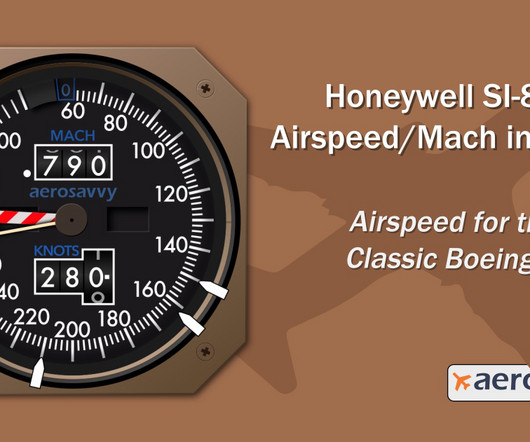Mach Number Explained: What It Is and Why Pilots Use It
Pilot Institute
JULY 11, 2025
Since it’s a ratio, it doesn’t matter if you measure speed in knots, miles per hour, or meters per second. At sea level on a standard day (15 °C or 59 °F), sound travels about 661 knots (approximately 761 mph or 1,225 km/h). Here, Mach 1 is roughly 573 knots (about 659 mph). The Mach value stays the same.













Let's personalize your content